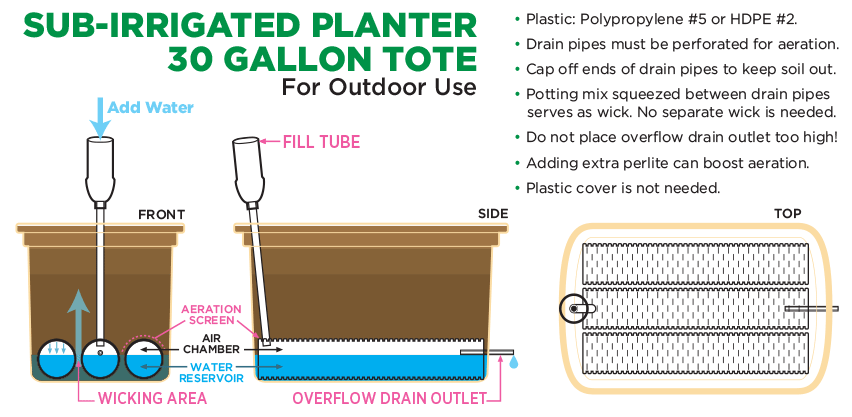Drip irrigation happens when using chemical substances to spray water into your plants' roots gently. This improves water utilization by reducing wastage via runoff or evaporation, resulting in a more effective watering method. The drip irrigation system comprises a series of tubes and emitters designed to deliver water to the root zone of each plant precisely. This ensures that the correct amount of water is provided to each plant, which results in better control of the watering procedure and greater accuracy. Drip irrigation helps conserve water by lessening water loss and decreasing the water requirement for gardening. Furthermore, the method can be modified to fit a diverse range of plants. It is customizable to match different soil compositions and climatic conditions, making it a flexible choice for horticulturists.
Drip irrigation is a very effective and easy method to water a garden. Drip irrigation systems allow your plants to receive the correct amount of water they require, saving you cash on their water bills. This will allow gardeners to lower their water bills and also save water. In addition, the gradual and controlled release of water through drip emitters aids in successfully managing soil moisture levels, preventing too much watering and lack of watering. Drip irrigation can also be advantageous to the environment as it directs the water precisely to the roots of the crops, minimizing evaporation. Both experienced gardeners and those just starting to garden will appreciate drip irrigation to optimize work productivity and growth. With this degree of accuracy, farmers can precisely control the amount of water and nutrients supplied to each plant, which leads to better growth and decreased chances of excessive or inadequate watering.
Drip irrigation promotes better plant growth, conserves water, and is environmentally friendly. You can improve crop health and efficiency by watering the roots of the plants directly. This irrigation technique also reduces the chances of diseases and weeds spreading, as the water is not distributed onto the foliage or nearby ground. Drip irrigation is a method that can ensure the growth of your garden no matter what size or shape it takes. Drip irrigation is different than conventional sprinklers since it delivers the water to the roots of the plants, thereby reducing the waste.
Key Takeaway Points
Drip irrigation is a flexible and highly effective method of watering plants. It conserves water resources, lowers water expenses, and encourages the development of plant life by providing water straight to the roots. It is highly versatile and adaptable to several soil and weather conditions, making it eco-friendly and versatile.
